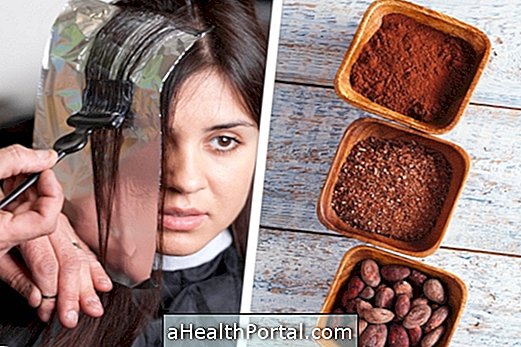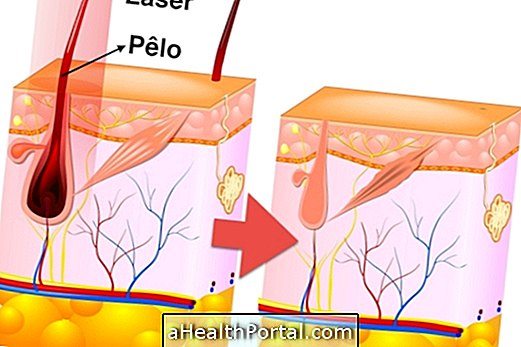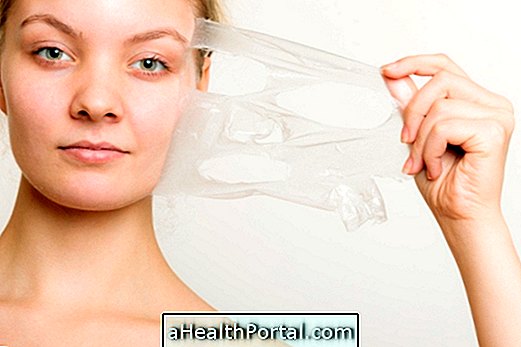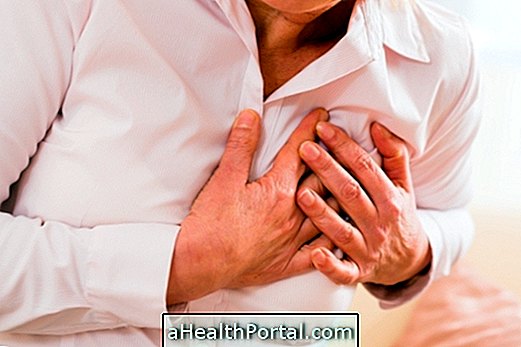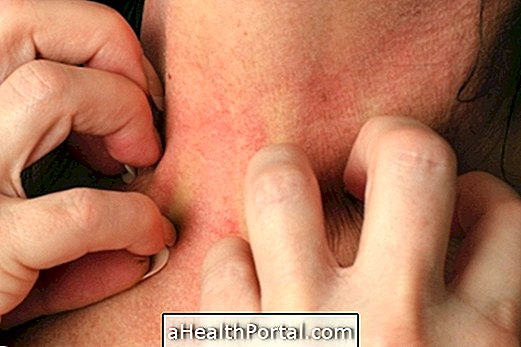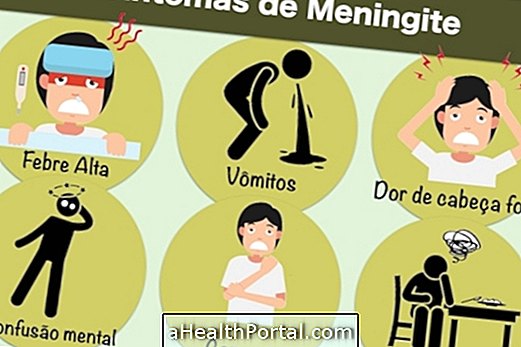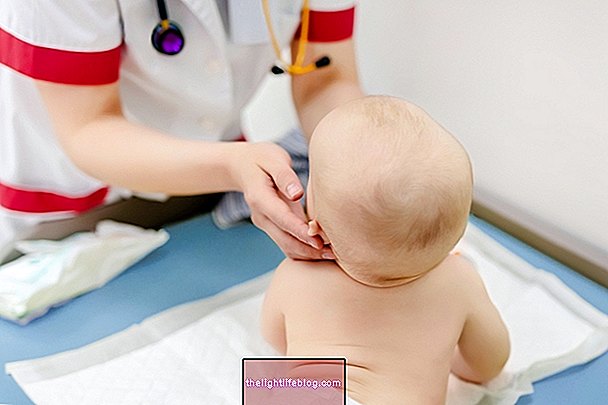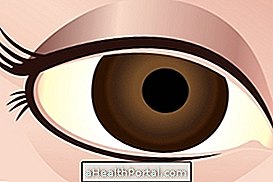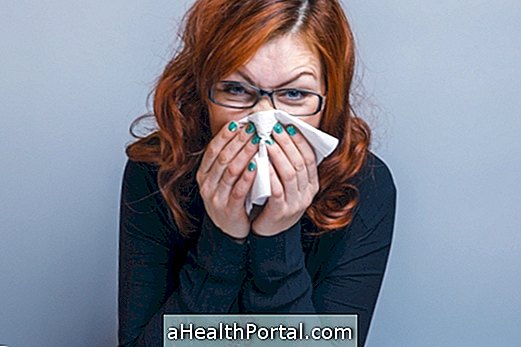Intense pulsed light, or LIP, is an aesthetic treatment that is indicated for the removal of some types of spots on the skin, for facial rejuvenation and also for definitive removal of hair. Learn more about the benefits of intense pulsed light.
The best time of year to use pulsed light is in autumn and winter, when temperatures are lower and sun exposure is lower, as tanning skin is a contraindication to the use of the LIP appliance due to the risk of burns may be caused by the apparatus.
This treatment can be performed in aesthetic clinics, preferably by the dermatologist or specialist physiotherapist.
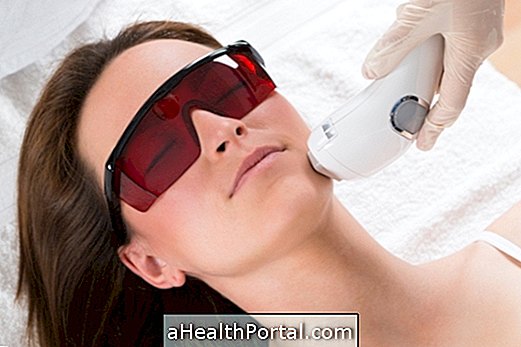
What is it for
The pulsed light can be used for various aesthetic purposes, such as:
- Reduce or eliminate dark circles;
- Eliminate Acne;
- Remove tattoo;
- Lighten freckles;
- Remove spots on the skin caused by the sun (melanose);
- Eliminate small vessels in the legs, also called telangiectasias;
- Permanent hair removal, similar to laser hair removal;
- Remove white or red streaks.
Although it is a great treatment for the elimination of blemishes on the skin, intense pulsed light has some risks, such as burn and appearance of lighter or darker spots if it is not done correctly. So there are some other ways to eliminate stains, such as exfoliation, peeling and use of specific creams. Learn how to get rid of the most common skin blemishes.
How is done
The procedure must be done by a dermatologist or physiotherapist dermato functional and happens from the application of light beams on the skin, which are absorbed by the cells and substances present in the skin. Each session lasts an average of 30 minutes, and may vary according to the person's goal, and should happen every 15 days.
The LIP is not painful, however it can cause discomfort at the time of application, in which a slight burning sensation can be felt that passes in less than 10 seconds.
Treatment with intense pulsed light is not recommended for people who are taking Roacutan, corticoids, anticoagulants or photosensitizing medicines, as the skin becomes more sensitive and can result in burns if the procedure is performed. In addition, LIP is not indicated for people who have tanned skin, have white hair in the area to be treated, have signs of infection in the skin or around wounds, or have skin cancer. Know when the pulsed light should not be used.
These contraindications should be taken into account when evaluating the patient to avoid complications during or after treatment, such as a lot of redness of the treated area, itching and blistering, which may indicate a burn in the skin. treatment is suspended until the skin is whole again.

Possible risks
Each LIP session has risks, such as:
- Skin burns: This can happen if the equipment is poorly calibrated or misused. If during the application of the technique the burning sensation takes more than 5 seconds to pass and is similar to the sensation of a fire burn, suspect and verify that the therapist can decrease the degree of the appliance to be more comfortable and not cause burn. If the skin is already burned, stop the treatment and use a healing salve for burns, under the guidance of the dermatologist. Get a homemade ointment to burn;
- Light or dark spots on the skin: If at the treatment site the area becomes lighter or darker, it is a sign that the equipment did not have the best wavelength for the person's skin tone. The risk of blemishes is greatest in people who are dark or tan and so it is important to adjust the device if there are changes in the person's skin tone between sessions.
If the skin gets a lighter stain is recommended gradual sun exposure with sunscreen, to approximate the skin tone of the person. In case of dark spot on the skin bleaching creams may be used as:
- Melani D, La Roche-Posay brand;
- RevitaLift whitening, from Loreal and
- Eucerin brand bleaching fluid.
Devices that have the possibility of cooling after each flash firing are less likely to cause stains and burns to the skin.
Care during and after sessions
During the session the therapist and the patient should wear appropriate eyewear to protect the eyes from the light emitted by the equipment. If it is necessary to perform the treatment in regions with a tattoo it may be necessary to put a white sheet to cover the tattoo, to avoid burns or its depigmentation.
After the treatment, it is normal for the skin to become reddish and swollen, and it is necessary to use healing creams or ointments with sunscreen, which protect the skin. Sun exposure should be minimal and after a few days, the skin may peel and small crusts appear, which should not be plucked, waiting for them to fall on their own. If the skin of the face flakes it is not recommended to use makeup, giving preference to the use of moisturizing creams with cooling or soothing effect several times a day.
In addition, it is not advisable to take a bath with very hot water on the same day of treatment and it is indicated to wear light clothes that do not rub the skin.

